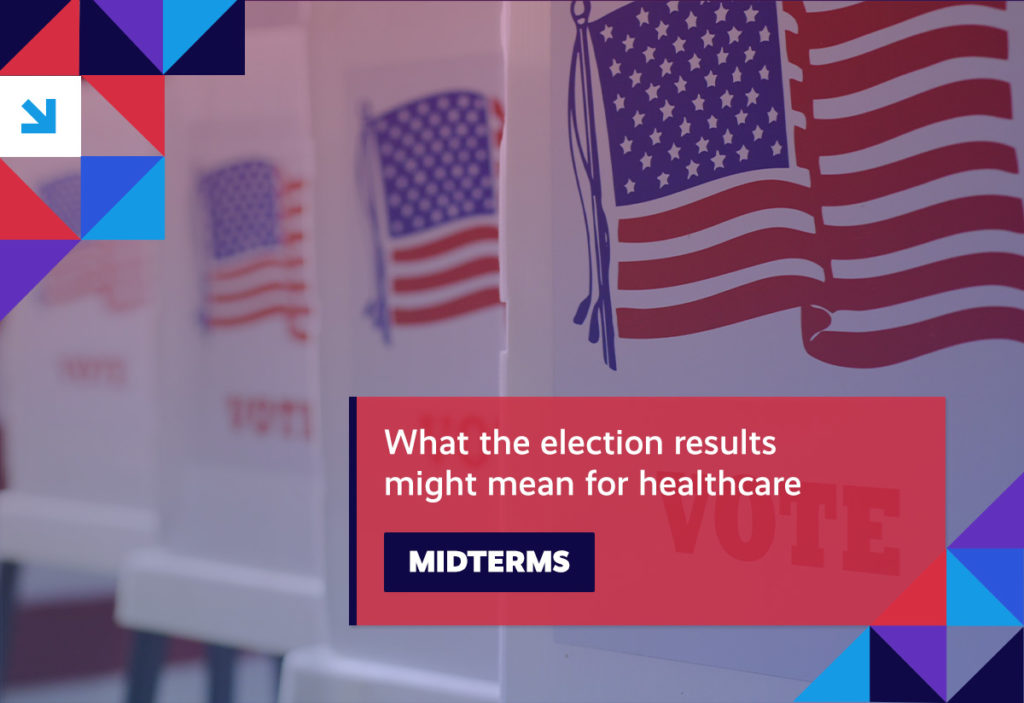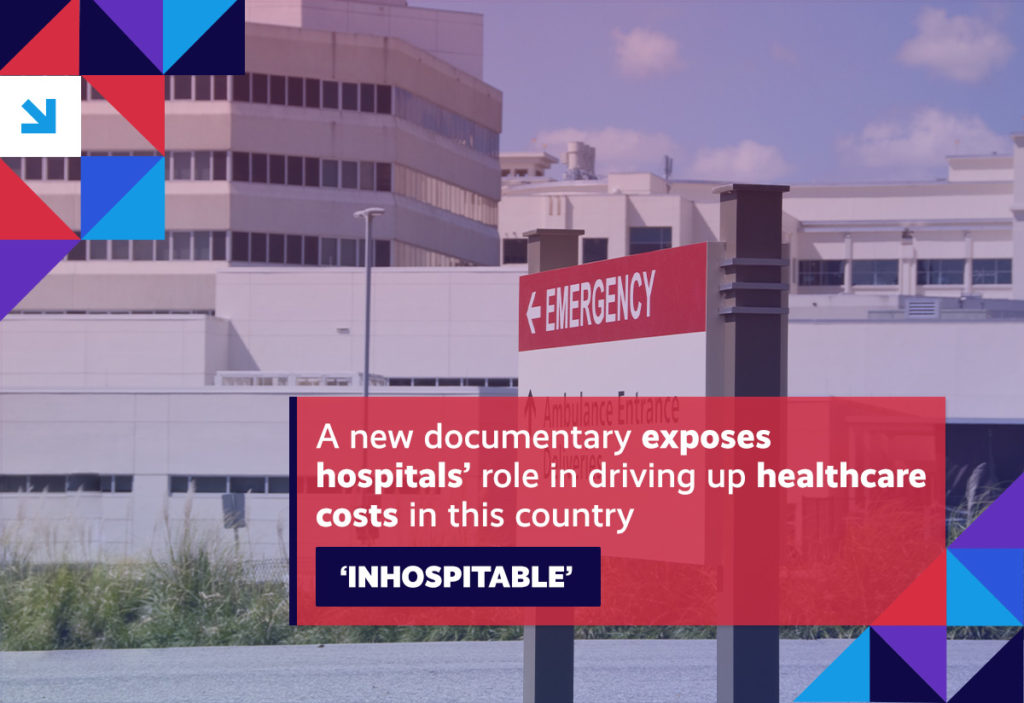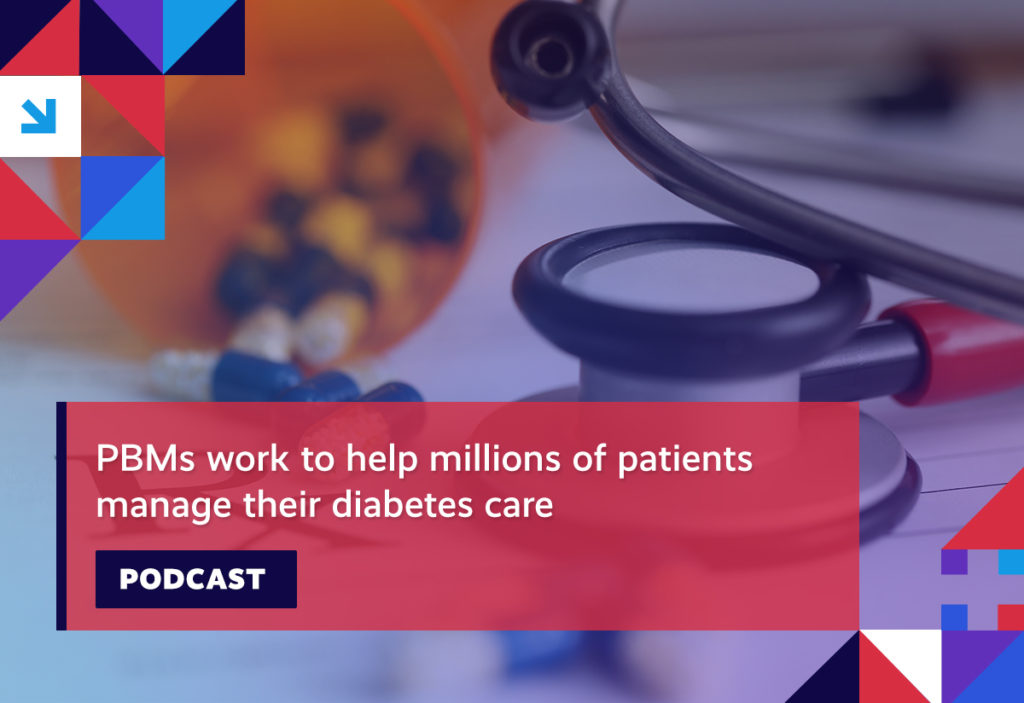A quick roundup of the issues driving the healthcare reform conversation.
Item of the Week

Week in Review
HOSPITAL COSTS The average American needs to work 504 hours to cover the cost of a typical hospital stay.
Quick takeaway: According to a new study, the average cost of a hospital visit in the U.S. is $2,873 a day, with the average stay lasting 4.6 days. By using the average hourly earnings of each state’s residents, researchers were able to calculate how many hours of work were required to pay for a hospital visit across the country.
Further context: Drilling into the research, it’s clear that hospital bills have become an increasingly difficult burden for Americans to manage:
- Since 2004, the typical cost for a hospital stay has nearly doubled (98 percent).
- Back then, it would’ve taken 374 hours of work to cover the cost of that visit.
What it means: Lawmakers have sought to ease the burden by enacting federal transparency rules regarding hospital prices. However, compliance remains low, prompting calls from one congressional committee to the Government Accountability Office (GAO) to investigate.

DIABETES Pharmacy Benefit Managers (PBMs) play a critical role in supporting patients with diabetes.
Quick takeaway: Recent studies point to an alarming number of Americans not taking their insulin as prescribed due to cost. Which is why stakeholders point to the work that PBMs are already doing to increase patient affordability and medication adherence as being critical to addressing the issue.
Further context: About ten percent of the U.S. population lives with diabetes, putting them at an increased risk for many serious health problems. But, beyond the negative health impacts, diabetes is also an expensive condition, with the average annual cost for care for a patient with diabetes being more than $9,600 as recently as 2016.
What it means: PBMs help diabetes patients in a number of ways, including:
- Negotiating with drug manufacturers to lower costs.
- Remote monitoring adherence programs.
- Offering wearable digital devices.
- Direct management and clinical engagement programs.

Rx PRICES Price increases for more than 1,200 drugs dramatically outpaced inflation this past year.
Quick takeaway: Between July 2021 and July of this year, 1,216 drugs saw an average price increase of 31.6 percent, nearly tripling the rate of inflation (8.6 percent). While some of that spike was attributed to the historically high inflation seen so far in 2022, that doesn’t explain why some drugs saw price increases as high as 500 percent.
Further context: The percentage increase only tells part of the story, as some of the drugs with the highest dollar amount increases had small overall percentage increases due to their already enormously high costs. With that in mind, it’s not hard to see why nearly a quarter of all healthcare spending goes to prescription drugs.
What it means: Against this backdrop, there’s understandable concern that the drug pricing trend that’s come to dominate the healthcare cost conversation isn’t going anywhere. For instance, a recent study details how the annual price of newly-launched cancer drugs in this country has gone up 53 percent in the past five years. Separately, a recently-released Department of Health & Human Services (HHS) report shows that the cost of specialty drugs – a key driver of spending growth, accounting for half of total drug spending in 2021 – has gone up 43 percent since 2016. What makes this all the more worrisome is the fact that the top ten percent of drugs by price make up fewer than one percent of all prescriptions.
MEDICARE ADVANTAGE Medicare Advantage (MA) plans offer innovative approaches to behavioral health.
Quick takeaways: A new analysis highlights how MA provides beneficiaries with access to critical behavioral health services. Not only does the research reinforce how that access can drive better health outcomes, it also helps identify policy opportunities to enhance behavioral health supports for seniors.
Further context: More than 29 million Americans are enrolled in MA plans – and, with the annual enrollment period now underway, that number is expected to grow. It’s because of benefits like access to behavioral healthcare that the program continues to outperform traditional Medicare Fee-for-Service (FFS):
- 93 percent of senior voters are satisfied with their MA coverage.
- MA has outperformed FFS in 16 out of 16 clinical measures.
- 80 percent of senior voters with MA are concerned about cuts to their benefits.
- 3 out of 4 senior voters with MA say it’s important for the federal government to protect funding to the program.
What it means: Despite the enormous popularity of MA and its proven ability to lower costs and improve health outcomes for beneficiaries, the program faces political headwinds. With more than half of all Medicare eligible seniors expected to be enrolled in MA plans by next year, stakeholders continue to defend the program, urging lawmakers and regulators to protect MA and the millions of beneficiaries who depend on the program.

Spotlight

| You can keep up with the latest by following the Health Action Network on Twitter and by liking us on Facebook. And, be sure to check us out on LinkedIn, too. As always, let us know if there’s something you’d like to see covered in a future newsletter. |
